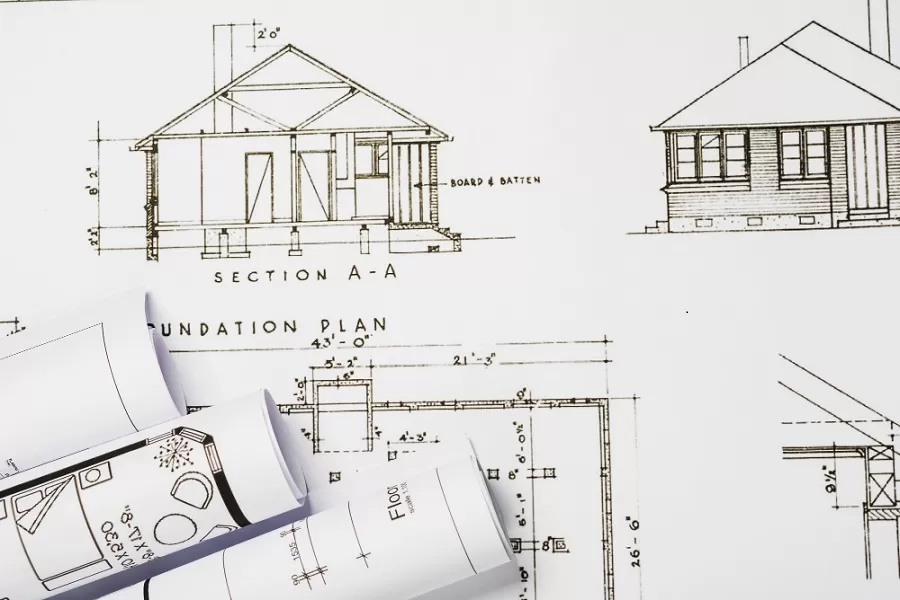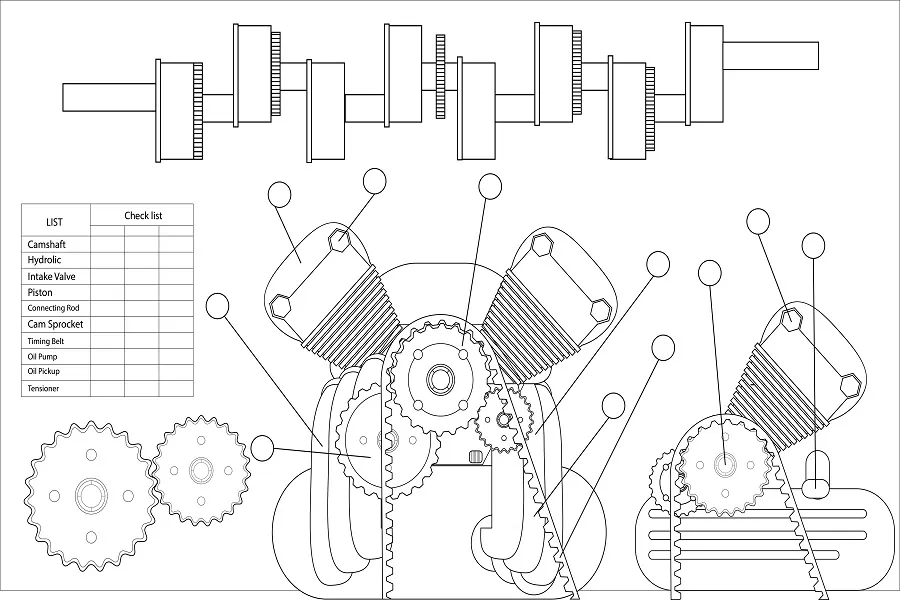The building industry is changing quickly. Architectural designs are becoming more complex than ever, and the demand for precision and accuracy has skyrocketed. At the heart of this change is structural steel detailing – a process that guarantees that each beam, column, and joint fits accurately at its position and provides the strength and durability the structure requires to support loads and forces of all kinds. Correct detailing enhances overall on-site safety and efficiency, minimizes errors, and maximizes material consumption. These benefits and more have turned steel detailing into a necessary component of contemporary building construction!
Let’s see what is structural steel detailing and how it is shaping modern construction.
What is Structural Steel Detailing?
Steel detailing is the process of creating detailed 2D drawings, plans, and 3D models for the fabrication and construction of steel structures. These drawings contain the exact dimensions, materials, and connection points of each steel component and serve as a guide/ blueprint for fabricators and construction teams, helping them accurately fit all structural elements, including beams, columns, and joints, during the assembly process. As mentioned above, structural steel detailing plays a critical role in achieving precision, safety, and structural integrity in modern construction projects.
Steel detailing services ensure compliance with building codes and industry standards. Without these drawings, even the smallest error in the steel structure could lead to costly errors and issues that compromise the entire building’s stability.
What Information is Included in Structural Steel Detailing?
Key information included in structural shop drawings include:
- The geometry, size, and form of steel parts such as braces, columns, and beams.
- The kind of steel and coatings needed to withstand corrosion.
- Weld type, size, position, and inspection information.
- Bolt sizes, hole positions, and any required fittings.
- Instructions for assembling and installing steel parts.
Key Steps in Steel Detailing: Understanding the Process
The process involves:
1. Early Design Collaboration
The process begins in the design phase of the project. The initial design is laid down by structural engineers, and detailers collaborate closely with them to comprehend project objectives and guarantee alignment.
2. Producing Comprehensive Shop Drawings
Steel detailers utilize sophisticated tools like Tekla Structures, Advance Steel, and AutoCAD to develop structural steel drawings after gathering all the specifications. These steel shop drawings provide precise measurements and ensure that each component fits perfectly on the job site by indicating where to cut, weld, or drill. Fabricators use these designs in their workshops to prepare steel components.
3. Erection Drawings
Structural steel detailers create erection plans after the completion of steel shop drawings. These drawings serve as a guide for the accurate installation of steel components on the construction site. They provide detailed instructions on where to put each component and how to align it so that the steel structure fits together precisely.
Impact of Steel Detailing on Project Success
Modern structural detailing services are powered by advanced software such as AutoCAD and Tekla Structures, which have made it easier to create detailed, precise 3D models of steel structures. These models help engineers and architects visualize the project before fabrication begins, reducing the chance of errors on-site.
Well-detailed steel structures enhance not only the quality but also the safety and efficiency of construction. Steel detailing helps prevent delays, reduces material waste, and keeps projects within budget. A detailed project is a successful one, with fewer unexpected issues arising during fabrication or erection.
The Role of Structural Steel Detailing in Moden Construction
Modern technologies that are shaping the future of structural steel detailing include:
1. Artificial Intelligence (AI) Integration
AI is significantly enhancing structural detailing. It automates processes, optimizes layouts, anticipates possible problems, and suggests remedies by learning from large datasets. This lowers human mistakes and boosts productivity when creating intricate designs.
2. Building Information Modeling (BIM)
Building Information Modeling services has been a game changer in construction, but its advancements are pushing new boundaries. By incorporating information about materials, structural loads, and the entire building lifecycle, BIM creates a virtual environment where stakeholders can detect clashes, optimize resources, and ensure every component fits perfectly before fabrication begins.
3. Sustainable Construction Practices
Sustainability is gaining traction in structural detailing too. This involves optimizing designs to reduce material wastage without compromising the durability of steel constructions. In order to cut waste during fabrication, structural engineers and steel detailers are increasingly collaborating. They are also utilizing recycled steel in their designs to ensure sustainable construction practices.
4. 3D Printing and Augmented Reality (AR)
3D printing is being used to create exact replicas of steel structures. Project managers can use Augmented Reality (AR) to precisely arrange steel pieces by superimposing digital models on actual construction sites. These technologies improve visualization and minimize installation errors.
Outsource Structural Steel Detailing Services and Make the Most of Technology
Rather than investing in these high-end technologies, outsourcing to experienced steel detailing service providers offers a cost-effective solution. By doing this, businesses gain access to cutting-edge technology and expert professionals without the need for internal investment in software or training. Some of the key benefits of outsourcing structural steel detailing services include:
- Access to experienced structural steel designers
- Use of advanced tools without significant investment
- Significant time and cost savings
- Flexibility to use manpower and resources as per project needs
- Quicker project completion
- Professional risk assessment and mitigation
- Concentration on core business activities
| Also Read: 10 Tips to Finding the Right Structural Steel Detailer |
Want to take advantage of both cost savings and technology advancements? Outsource steel detailing services to experts like Enginerio. Our experts enhance your projects with precision, state-of-the-art software, and effective execution. Through streamlined detailed procedures, our collaboration guarantees excellent project results and assists companies in becoming profitable.
Get in touch with Enginerio right now to find out how our structural detailing services may improve your building projects!





